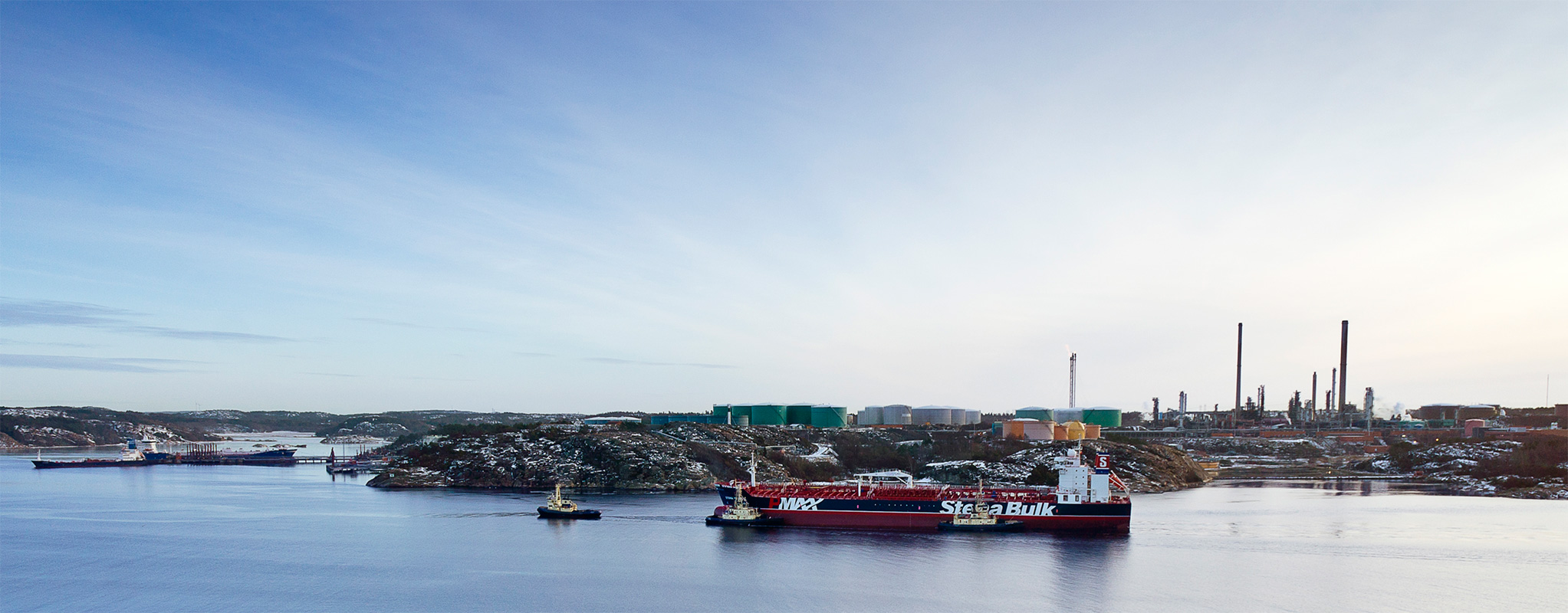Stock levels now normalised
We can affirm that the tanker market is still at a very low level. As previously stated, this development is due to OPEC’s reduced production and the stock withdrawals in consuming countries that have been taking place since summer 2016. Overall, this has resulted in reduced transport demand, which, in combination with extensive ship deliveries, has led to low freight rates.
The goals of the production cuts were to get oil prices up and to force a reduction in the record-high oil stocks. Both goals have now been achieved. Oil prices have increased by over 50 percent compared with one year ago, while oil stocks have gradually declined and are now back at an average five-year level.
Strong pressure on OPEC
With the return to more normal stock levels and a number of other factors, including production problems in Venezuela, Libya and Nigeria, and sanctions against Iran, OPEC now faces strong pressure to increase production – and therefore also exports. Opinions appear to be divided within the group, but the market expects Saudi Arabia to successfully negotiate some kind of compromise, which could initially result in a production increase of 300,000 – 600,000 barrels of oil per day. In addition, Russia (not a member of OPEC) has also flagged its intention to increase production.
Continuing good tanker scrapping rate
Increased production will obviously lead to higher demand for tanker tonnage. In parallel with this trend, it is pleasing to note a continued phasing-out of tankers from the market. Low freight rates, high scrap prices and upcoming investment decisions on statutory ballast water systems and possibly also scrubbers (exhaust gas cleaning systems) are contributing to more and more scrapping decisions. The numbers speak for themselves. A total of 74 tankers went in for recycling in the full year 2017, compared with 94 vessels in just the first five months of 2018. If this rate persists, we may see a zero-growth rate in certain segments this year.
Nine vessels chartered in
The combination of increased demand for tanker transport and moderate fleet growth means that we maintain our belief in a progressively stronger market from the second half of 2018. We also position our fleet on the basis of this scenario. The majority of our vessels are on the open spot market and are fully ready to start transporting freight when the turnaround comes. We are also ensuring that we take advantage of the favourable chartering opportunities that arise in weak markets. At the end of May, we decided to participate in the chartering in of three Suezmax vessels together with Stena Bulk. The contracts are for 12 months, with an option to extend until the end of 2019. By chartering in the tankers, we strengthen our presence in the crude oil tanker segment and continue to increase our earning capacity. We have now chartered in a total of nine vessels during the last year.
So, the bottom line is that the market is still weak, but the fundamentals continue to point to an impending upturn. And when it comes, we’ll be ready.
Gothenburg, June 2018
Kim Ullman, CEO

